Table of Contents
Characiformes – Characiformes characin-like ornamental fish
We would like to start with what is probably the largest group of ornamental fish. It is currently assumed that there are far more than 2000 species of tetras on earth. These are mostly found in South America and more rarely in Africa. Nevertheless, there are some of these schooling fish there too. They find a permanent place in our home aquarium and are almost never missing in a community tank. Be it with the particularly coveted species of neon tetras, or the copper tetras and those Cherry spotted tetra. A species from the African continent with the Congo Tetra can also often be found here. Tetras usually make up the largest number and therefore also the largest sales figures. Nevertheless, there are only few breeding successes in domestic waters and imports are usually used for tetras. One can therefore assume that these are mostly wild-caught, which will certainly not taste good to everyone. Nevertheless, they are widespread. Well-known species here, in addition to those mentioned above, are the emperor tetra, ornamental tetra, blood tetra, Peru Tetra, phantom tetra, star spot tetra, zebra tetra, Lemon Tetra, Burp, Blue or Green neonsalmler and many more.
A few more words about keeping tetras. On the one hand, it is advisable to keep larger and larger groups of 20 or more animals. The requirements for the water values are not particularly high here and socialization does not pose any major problems.
Probably the most important and well-known representative is the neon tetra. It can be found in almost every aquarium, mainly due to its color. The prices are also quite humane here.
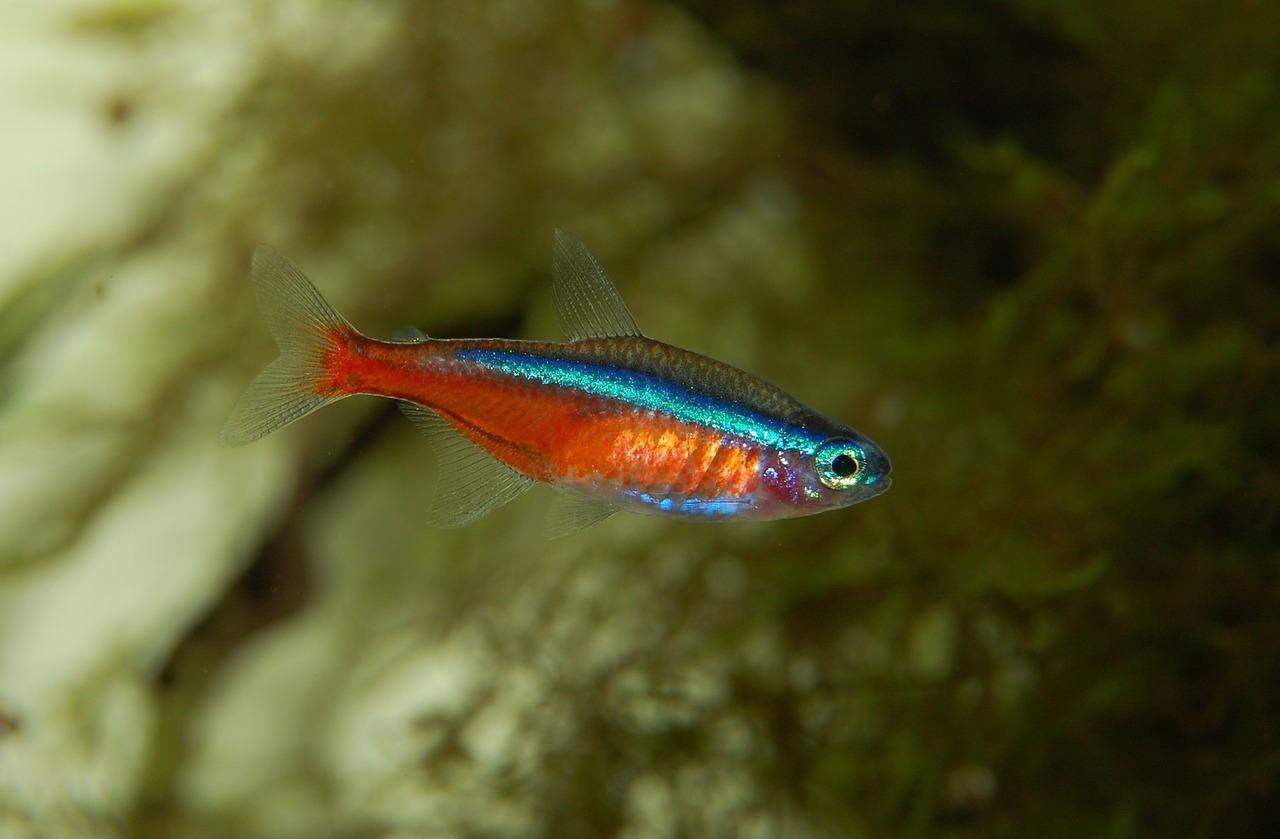
Carp-like fish Cypriniformes
These species are also found very often in the aquarium. Be it loaches or barbs or danios in the aquarium ornamental fish are among the carp-like fish Cypriniformes. There are usually other differences in the carp-like fish. Be it barbel and rasbora or loaches. Basically, they all belong to the carp-like fish. Here, too, one can speak of a species that is quite easy to care for. They only make few demands on the water parameters and the temperature. Medium temperature ranges are sufficient here. When it comes to keeping them, schooling fish are usually assumed, although some species can also be kept in smaller groups. Well-known representatives here are, for example, the harlequin barb, shark barb, bitterling barb, Angola barb, eye spot rasbora, luminous eye rasbora and many more.
Their origin here is not South America, but rather the waters around Asia. Here they have their home.
Of course, there are also a lot of suborders in this group, such as the loaches and thorn gobies. There are around 100 species of this subspecies alone. Certainly one of the best-known representatives of this genus is the clown loach. However, it should only be used from larger tanks, as it can grow up to 30 cm in the wild. In smaller tanks, the dwarf loaches are more suitable here.
There are many more genera of carp fish. There are currently more than 1400 species. They even occur in Europe. Everyone should be familiar with the conventional carp or mirror carp. Certainly not a fish that you will keep in your aquarium. Other types are better suited for this. There are carp for cold water tanks as well as for fresh water tanks, which are normally well tempered. Temperature ranges of 25 degrees can be optimal.
Let's also take a look at the most well-known species of carp. Those are usually particularly beautiful Sumatran mullet or the purple head barb. They are particularly well drawn. Both species are schooling fish. Also the five-belted barbel can be found again and again in community tanks.
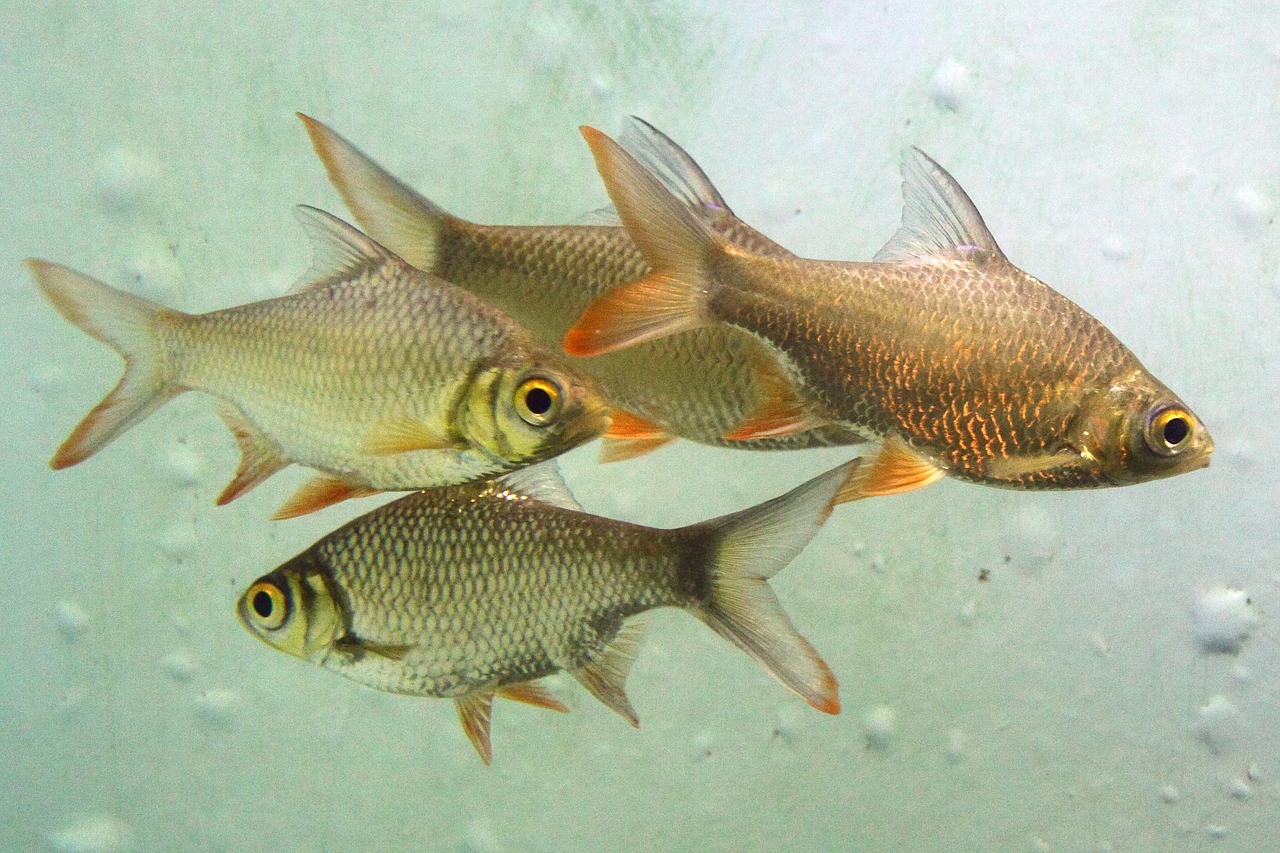
Catfish Siluriformes
Especially the plecos make this group of ornamental fish too big. There are also well over 1000 species of catfish and many of them do not even have a name, just a number, precisely because of their diversity. Everyone knows the so-called L catfish. There is no special catchment area for catfish. They are found in all parts of the world and on every continent. They can usually be recognized by their whiskers or barbels and their downturned mouth. They live almost exclusively on the bottom of the aquarium and some are also good algae eaters. However, not all species are exclusively herbivores. There are some species that are also omnivores and even eat meat. The largest specimens can even devour whole sheep. Some species can grow up to 3 meters.
When it comes to water requirements, catfish are extremely unproblematic. Be it large temperature fluctuations or even short periods of drought, catfish are able to cope. Most catfish are also nocturnal hunters and can help themselves to the young of other fish. This should be taken into account when stocking. Heights and shelters should also be offered to this species, where they can either give birth to their young or withdraw during the day.
And a few more words about the common species in our aquarium. Above all, the blue catfish is almost never missing. He is considered extremely adaptable and reaches a high age. Its reproduction is also quite simple. Above all, the many armored catfish species are well-known. In the meantime, there is a wide spectrum in the home aquarium due to countless breeding variations. Up to 200 species of this genus are scientifically known, although it has to be said that only an infinitesimally small range finds its offspring here.
While the antennae or loricariid genera are single or pair fish, the armored catfish or calloused catfish are more likely to be group animals. They should be kept in small groups.
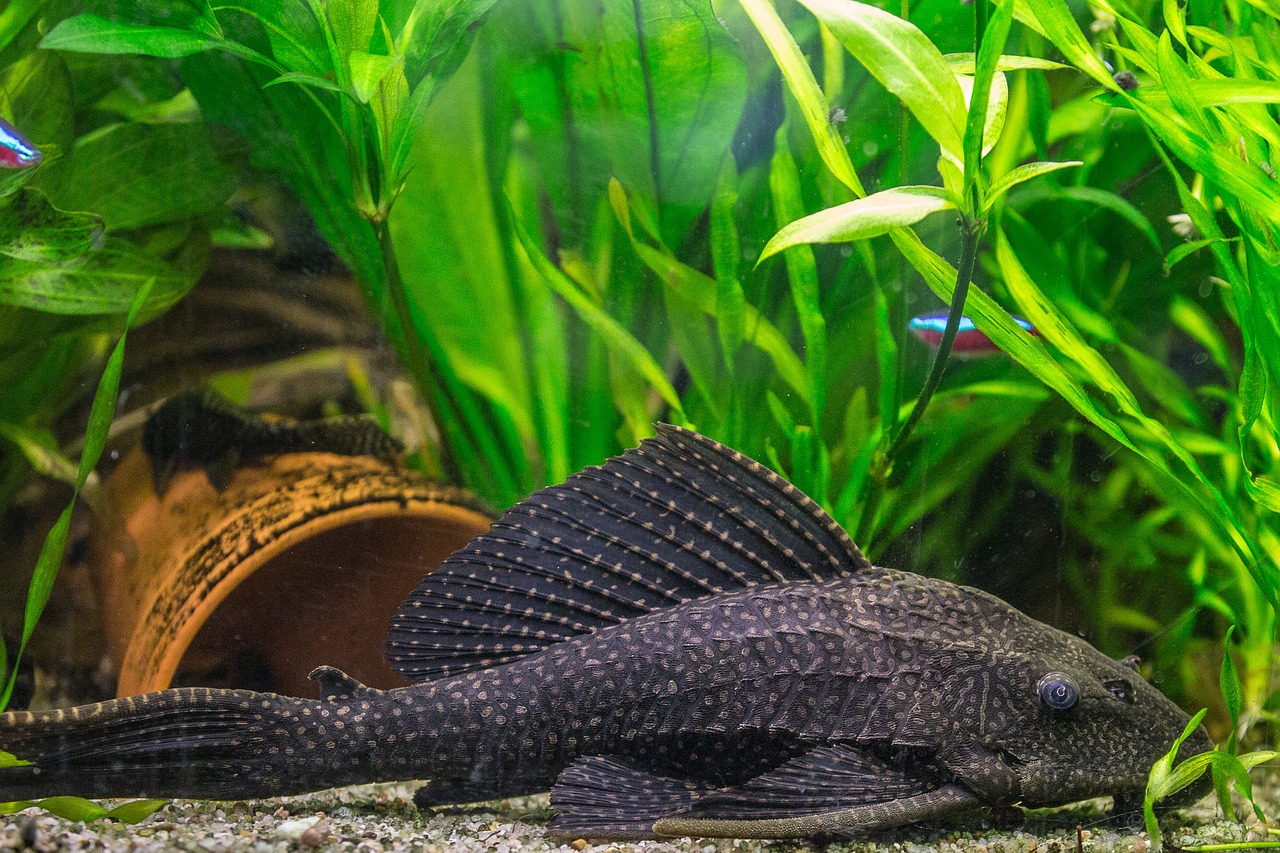
Egg-laying toothcarps - killifishes - Cyprinodontidae
There are around 500 species of egg-laying toothcarps. They are also found on almost every continent. This excludes Australia. In addition to the term egg-laying toothcarps, usually only the word killifish is mentioned. Mostly smaller species up to a maximum length of 10 cm can be found here. That's why some are a good stock for the nano aquarium, if it's even possible to keep fish there. The origin of the nano aquarium lies in the keeping of invertebrates such as shrimp or small crabs. As the name suggests, these fish spawn. Depending on the species, they can do this either on leaves or plants, but also on the ground. The keeping conditions are very different, which is why you have to take a close look at the profiles of the individual species.
Well-known representatives are certainly the killifish.
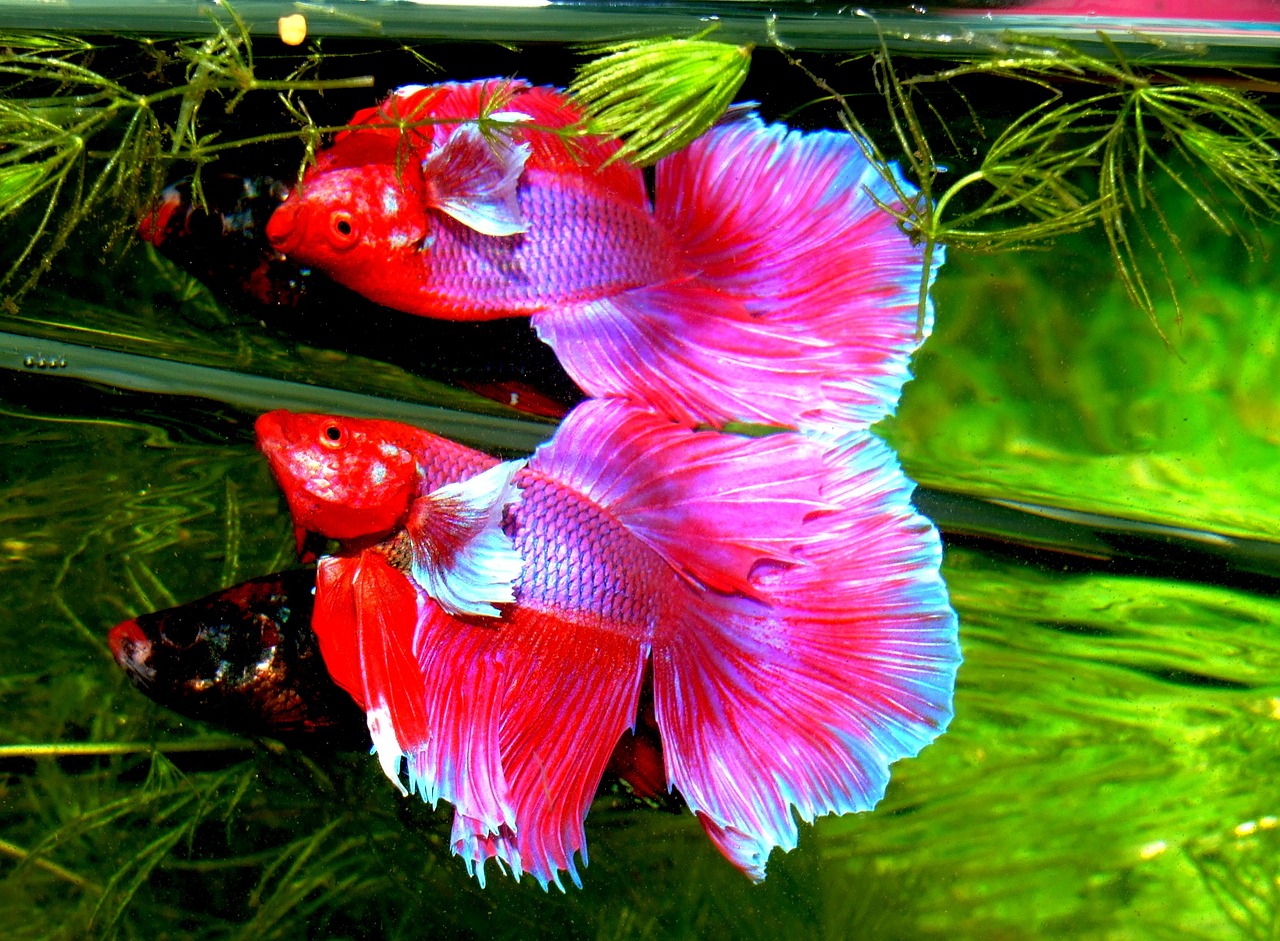
Livebearing toothcarps – Poeciliidae
Now we come to the group and genus of livebearing toothcarps. This group arose as a result of various influences in evolution. Mainly to put a stop to the spawn robbers, because as you can already guess here, this species is about livebearers. Here the young are born already fully developed. They can therefore shimmer straight away and also eat independently. Similar to mammals. Certain species can give birth to up to 150 young alive. The distinction between egg-laying and viviparous toothcarps can be made out primarily by the so-called gonopodium in the males. They have a slightly different looking anal fin which is used for the sexual act. This is not so pronounced in the egg-laying species, since the spawn is fertilized there. After fertilization, the young grow into eggs in the womb of the mother and then hatch in the womb of the fish. These are probably the most popular fish, especially for beginners in aquaristics. platy, guppy, Swordbearer and Co are among the viviparous toothcarps.[the_ad id=“1019″]
Keeping the water parameters is usually not a problem and socializing is also not a problem. Of course, the rapid and recurring birth of young is particularly important. Especially young beginners in aquaristics are happy to have their own offspring in the tank. Breeding is quick and easy here and can even work in a community tank. The breeding of new breeds has also increased extremely in this genus. The endler guppies in its many colors and shapes up to high breeding became a competition worldwide. The most beautiful and rarest guppies are awarded at events. But also at Mollys or Platy's became a big competition.
Feeding requirements are also less complicated for this species. When breeding, however, you should make sure that the feeding is very varied in order to celebrate good success. In addition to conventional dry food, live food is also given. Some mosquito larvae and liver are on the menu here.
We have already mentioned some of the most important types. Probably the most important is the guppy. It is also called million fish. It is bred in mostly very large breeding farms and then imported to Germany. Its name alone says that it exists in large numbers and that it can basically reproduce “like rabbits”.
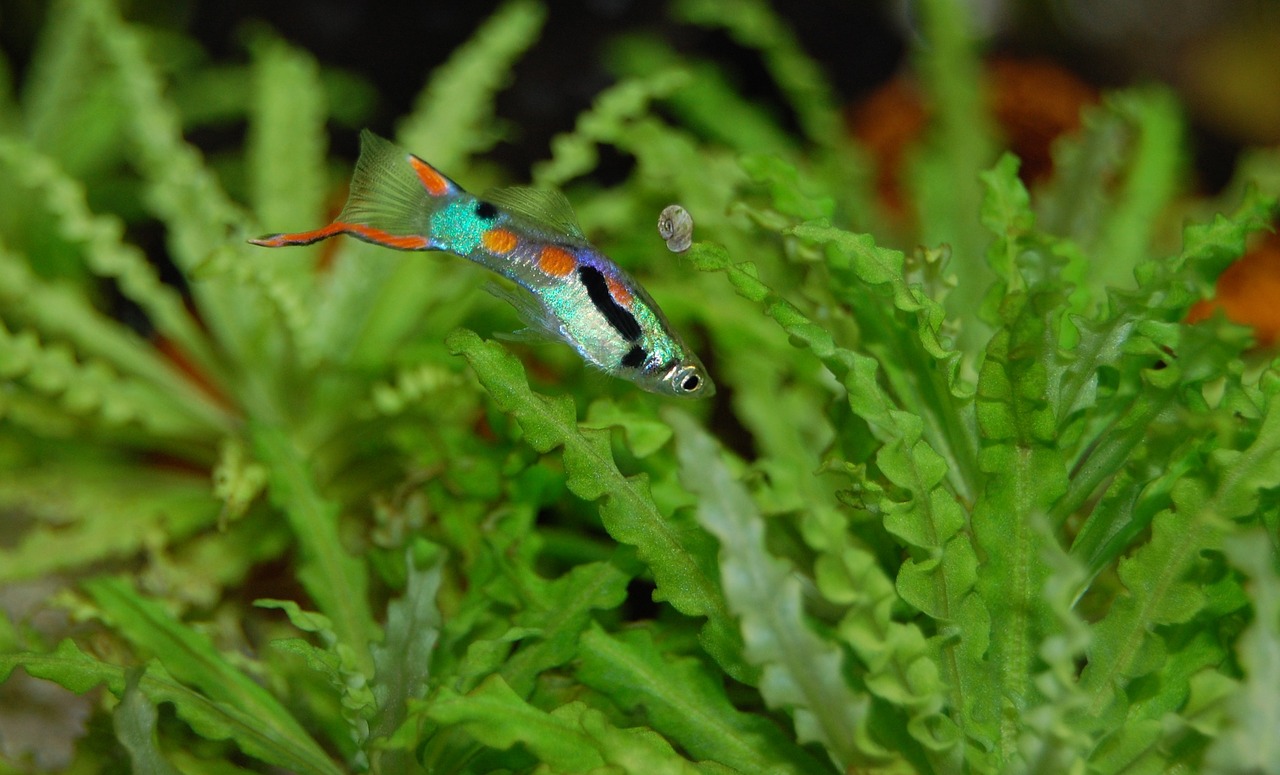
Climbing Fish or Labyrinth Fish – Anabantoidei
Basically, this genus is a group of perch-like fish. Certainly one of the most important representatives of this group is the gourami. Every aquarist should have heard of this fish. The climbing fish, also known as the labyrinth fish, have a special feature. They have two respiratory organs, so they can survive out of water as long as you keep them well hydrated. Supposedly there are also climbing species, which is where the name comes from. Their origin can be assumed to be mainly in Africa and Asia. Some species can even move on land using their front flippers. You can see these fish in the aquarium, mostly they are labyrinth fish gasping for air on the surface, but this is completely normal. Here you just have to be careful that the ambient conditions are not too cold. The keeping of these fish is also not very demanding.
In addition to the already mentioned gourami, the well-known fighting fish also belongs to this genus. The gouramis, on the other hand, have some subspecies such as the honey gourami. The striped gourami also belong to this genus. And also the many other types of gourami. They are very popular with beginners.
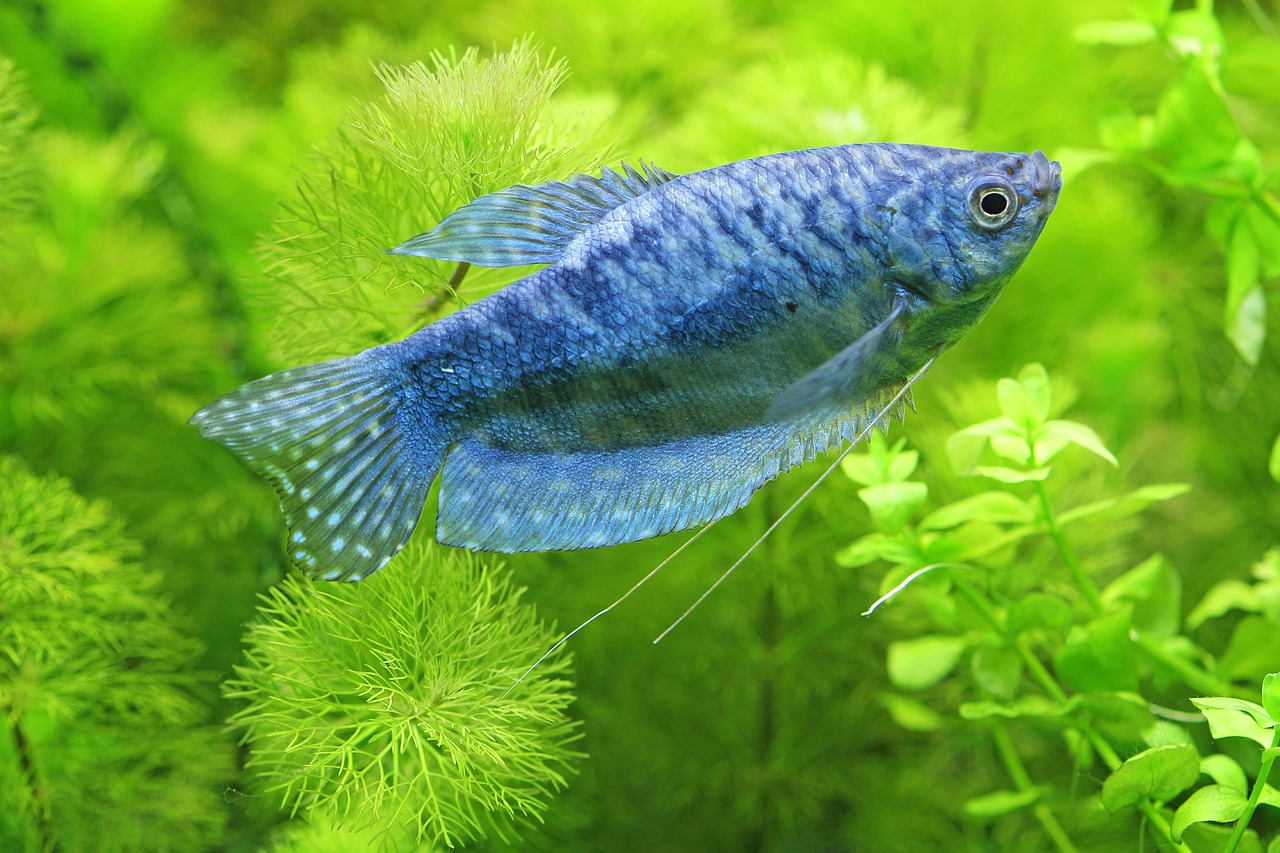
Cichlid cichlids – Cichlidea
Cichlids are best known for their great variety of species. There are said to be around 200 genera with up to 1000 species here. At home in nature, this genus is mostly in Africa and South America. Cichlids are also found in small parts of Asia. Of course, they are also kept and bred in our aquariums.
These cichlids are very easy to recognize, as most of them have a very distinctive and conspicuous dorsal fin, as is also known from the perch in our local waters. The cichlid is also known under the name of the keeping, because there is always talk of a Malawi basin, which reflects the original origin in Lake Malawi in Africa.
The perch or cichlids can also be extremely hardy. There are species of this genus that can even survive in salt water for a short time. They are also very adaptable when it comes to food, but like to feed on live food and other fish are also on the menu of the predators. This could be a problem, especially when socializing. The cichlids can also reach impressive sizes. There are species that can grow up to 80 cm tall. Of course, these are rarely found in domestic aquariums.
Let's take a look at the reproduction of the cichlids, because this is also very special. A distinction is made here between mouth breeders and open breeders. One often reads about hiding breeders. The subdivision of this reproduction mainly has to do with where and how the eggs are housed. Be it quite openly or in hiding, up to and including incubation in the mouth. However, there are also corresponding other characteristics for the different types.
Many aquarists have specialized in keeping this group and have had good success in breeding them. In most cases, however, appropriately large aquariums should be used here, since even the dwarf cichlids can quickly grow to 5 cm or larger. When it comes to temperatures and water values, there is little to consider, because these animals are considered to be extremely robust.
Certainly one of the highlights in aquaristics is the discus fish. He too belongs to the group of perch.
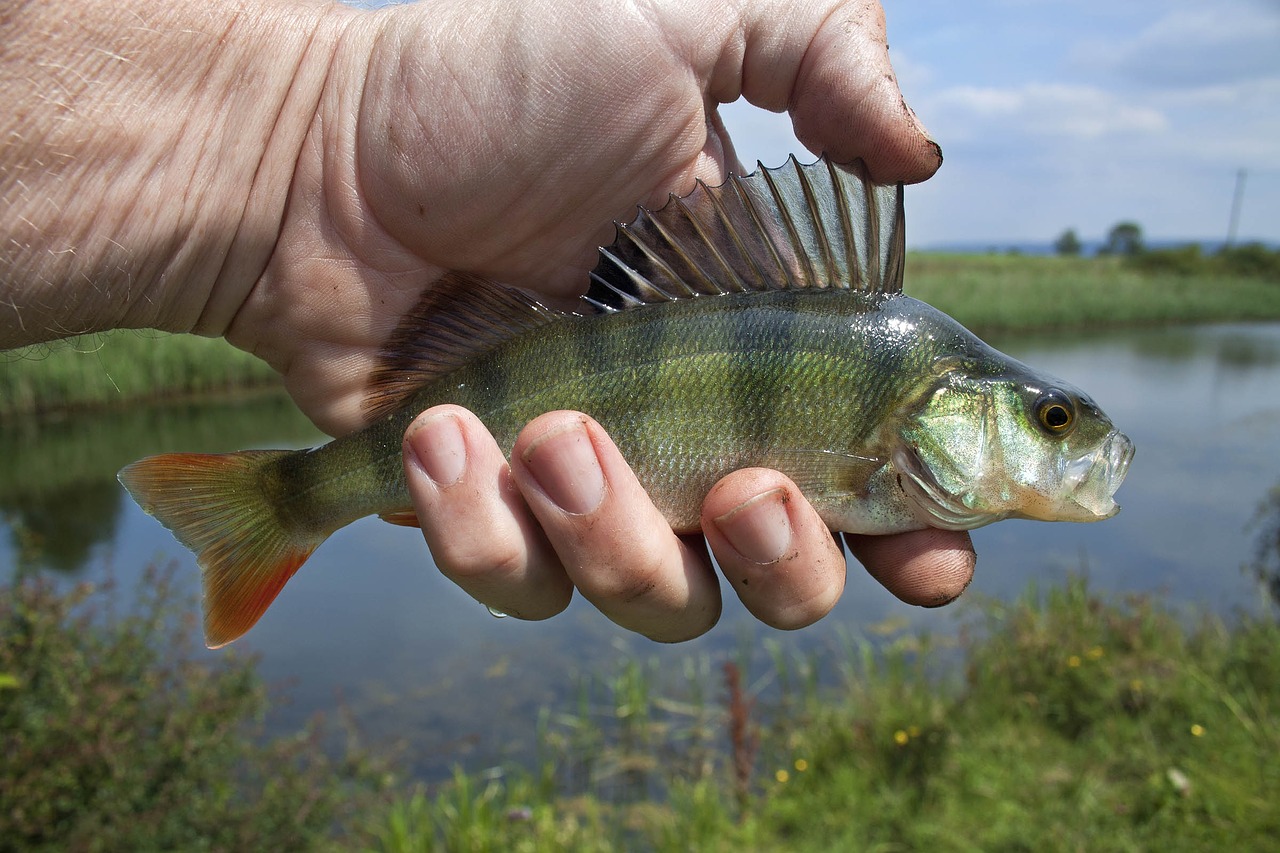
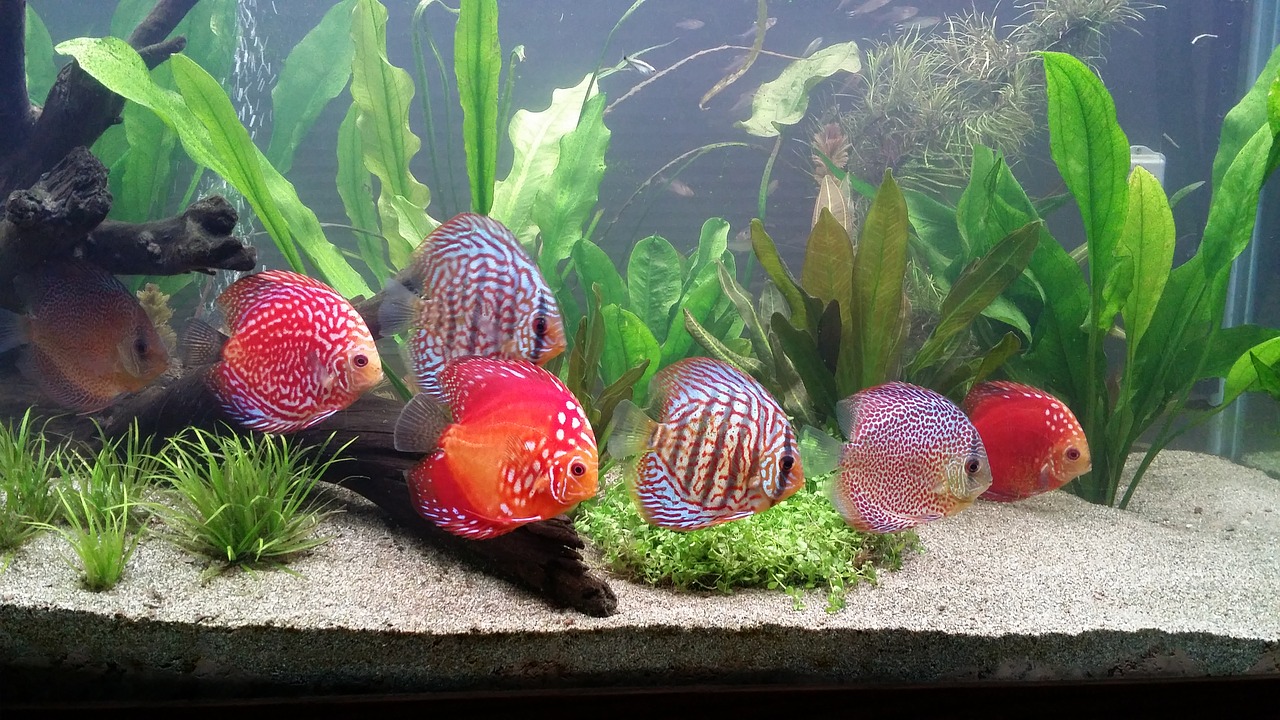
Fake bony fish / cartilaginous fish - real bony fish
Finally, let's take a look at one or in this case two more genera with the fake and real bony fish. This has many subspecies, which basically cannot be classified in any of the other genera. This includes, for example, the eel or the four-eyes. The origin of this genus is quite varied. Enumerating their precise distinction here is beyond the scope. Most of the time, however, one of the characteristics is being a true vertebrate species.
Representatives of the true bony fish are the following subspecies or genera. These include the four-eyes or the blenny and the snakehead fish. Garfish, silversides and sticklebacks are among them. The spiny eels, but also the electric eels and the knife eels also belong to the real bony fish. Butterfly fish, puffer fish, dogfish and knife fish are also assigned to this genus.
The fake bony fish include, for example, the real sturgeons but also the freshwater rays. bichirs and sterlets also fit into this group.
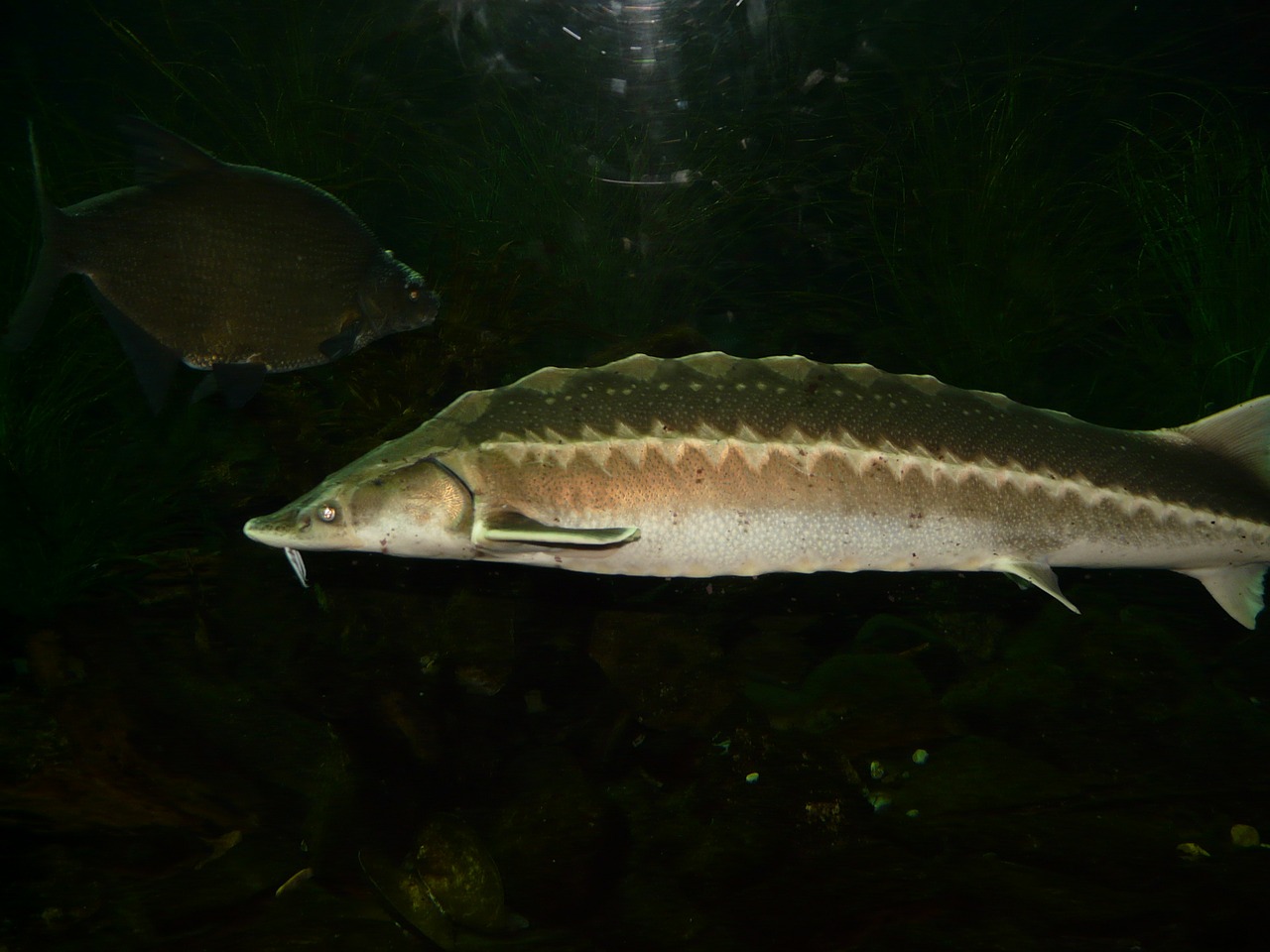
In further articles we will take a closer look at the individual genera, species and groups. As already mentioned, this is only intended to provide an overview.
Any questions, then off to the forum!
Do you have anymore questions? Then off to the forum



